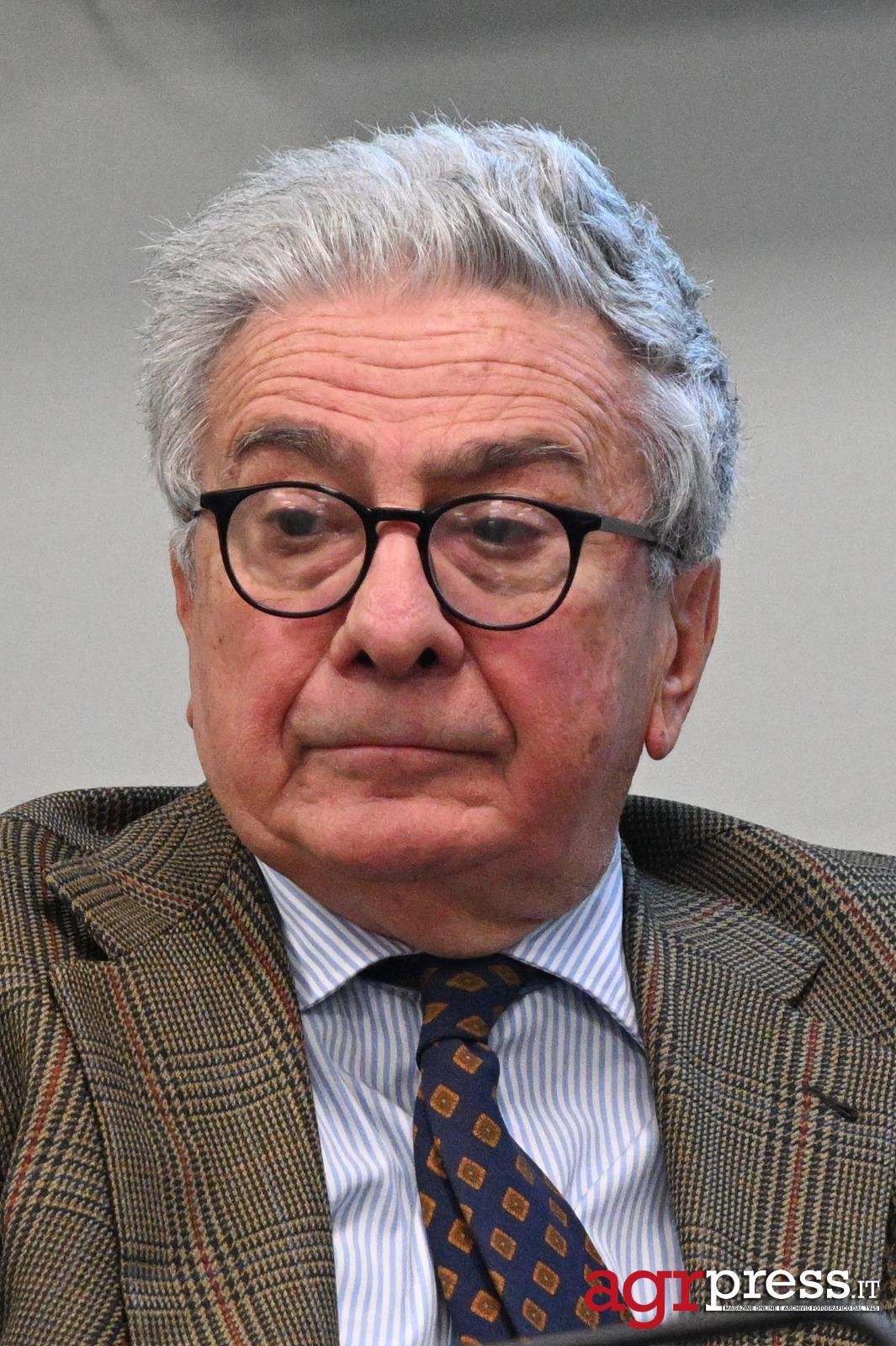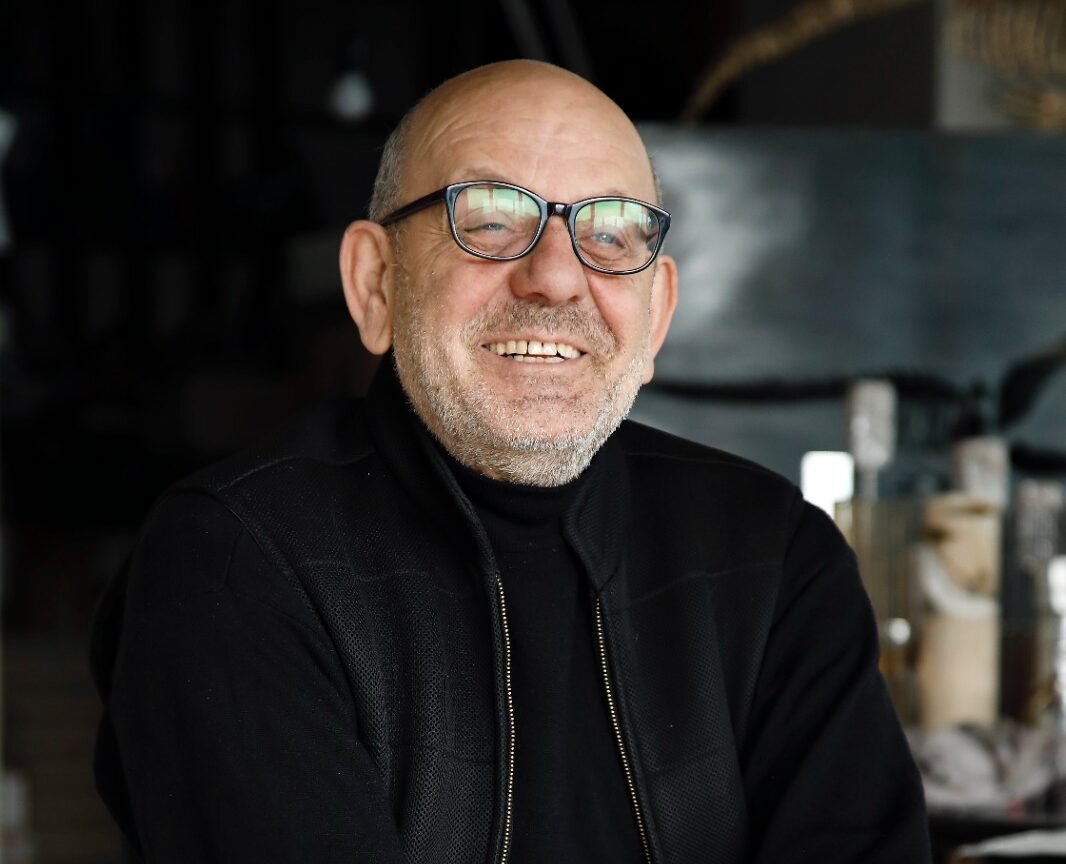
“Le arti, in tutte le diverse manifestazioni, dalla musica alla scultura, alla pittura, all’architettura, al teatro, contribuiscono alla definizione del buono e del bello.”
““The arts, in all their different manifestations from music to sculpture, painting, architecture and theatre, contribute to the definition of the good and the beautiful.””

La Fondazione Gualtiero Marchesi si propone di valorizzare, promuovere e diffondere tutte le forme di arte quale elemento culturale caratteristico dell’Italia - includendo la “cucina” quale forma di arte nell’idea di “bello e buono” - e come fattore di crescita umana, civile e democratica.
The Gualtiero Marchesi Foundation aims to enhance, promote and disseminate all forms of art as a cultural element characteristic of Italy - including ‘cuisine’ as a form of art in the idea of ‘beautiful and good’ - and as a factor of human, civil and democratic growth.

Non ci limitiamo a custodire un’eredità; la rinnoviamo, proiettandola verso il futuro. Sogniamo una società in cui l’arte sia più accessibile e inclusiva, capace di ispirare e unire. Una società in cui ogni giovane talento abbia l'opportunità di esprimere la propria creatività, valorizzando l'arte come motore di progresso culturale e sociale.
Unisciti a noi nel viaggio verso nuovi orizzonti artistici e culturali. Insieme, possiamo continuare a ispirare (e arricchire) il mondo con la forza universale dell’arte.
We do not merely preserve a legacy; we renew it, projecting it into the future. We dream of a society in which art is more accessible and inclusive, able to inspire and unite. A society in which every young talent has the opportunity to express his or her creativity, valuing art as an engine of cultural and social progress.
Join us on the journey towards new artistic and cultural horizons. Together, we can continue to inspire (and enrich) the world with the universal power of art.
Cosa facciamo
Attraverso programmi multidisciplinari, creiamo connessioni tra le arti, sosteniamo giovani talenti e coinvolgiamo comunità locali e internazionali, ispirandoci ai valori del Maestro.
I nostri obiettivi principali:
Valorizzare i talenti italiani, aiutandoli a brillare sia in Italia che all’estero.
Accogliere artisti internazionali per arricchire il panorama culturale italiano.
Educare una nuova generazione di appassionati d’arte.
What we do
Through multidisciplinary programmes, we create connections between the arts, support young talent and engage local and international communities, inspired by the Maestro's values.
Our main goals:
Enhancing Italian talent, helping them to shine both in Italy and abroad.
Welcoming international artists to enrich the Italian cultural landscape.
To educate a new generation of art lovers.

Come lo facciamo
Collaboriamo a livello globale per ampliare il patrimonio culturale italiano, ispirati dai valori del Maestro: creatività, curiosità e dedizione al bello e al buono. Innovazione, talento ed eccellenza guidano ogni nostra iniziativa.
Tra le attività principali:
Eventi culturali: tavole rotonde, convegni, conferenze, mostre e concorsi.
Concerti e spettacoli: Una stagione concertistica che unisce artisti italiani e internazionali per promuovere il dialogo culturale.
Laboratori per giovani e comunità: attività che avvicinano la musica e l’arte a un pubblico più vasto, inclusi bambini e giovani.
Premio Gualtiero Marchesi: un riconoscimento prestigioso per celebrare l’eccellenza in varie discipline, ispirato ai valori del Maestro.
Programmi avanzati: in collaborazione con il Global Impact Circle, offrono supporto a giovani talenti emergenti e artisti affermati, aiutandoli a costruire carriere sostenibili e a diventare protagonisti della scena culturale italiana e globale.
How we do it
We collaborate globally to expand Italy's cultural heritage, inspired by Maestro's values: creativity, curiosity and dedication to the beautiful and the good. Innovation, talent and excellence guide our every initiative.
Our main activities include:
Cultural events: round tables, conferences, exhibitions and competitions.
Concerts and performances: A concert season bringing together Italian and international artists to promote cultural dialogue.
Youth and community workshops: activities that bring music and art closer to a wider audience, including children and young people.
Gualtiero Marchesi Prize: a prestigious award to celebrate excellence in various disciplines, inspired by the Maestro's values.
Advanced Programmes: in collaboration with the Global Impact Circle, offer support to young emerging talents and established artists, helping them to build sustainable careers and become key players in the Italian and global cultural scene.
Chi siamo
La Fondazione è stata creata da Gualtiero Marchesi ed Enrico Dandolo nel 2010 con l’obiettivo di valorizzare, promuovere e diffondere tutte le arti come espressione del patrimonio culturale italiano. La famiglia Marchesi è rappresentata da artisti nel campo della musica e delle arti figurative che guidano la Fondazione oltre i confini della cucina integrando musica, arte e cultura, con l’obiettivo di posizionare l’Italia al centro del dialogo culturale globale.
Who we are
The Foundation was created by Gualtiero Marchesi and Enrico Dandolo in 2010 with the aim of enhancing, promoting and disseminating all the arts as an expression of Italy's cultural heritage. The Marchesi family is represented by artists in the fields of music and figurative arts who guide the Foundation beyond the boundaries of cuisine by integrating music, art and culture, with the aim of placing Italy at the centre of global cultural dialogue.
Personalities
-

Simona Marchesi
PRESIDENT
Board of Directors -

Enrico Dandolo
VICE PRESIDENT
Board of Directors -

Guglielmo Dandolo Marchesi
ARTISTIC CO-DIRECTOR
guglielmo@
gualtieromarchesi.
foundation -

Bartolomeo Dandolo Marchesi
ARTISTIC CO-DIRECTOR
bartolomeo@
gualtieromarchesi.
foundation -

Eugenia Ottaviano
PROGRAMMING DIRECTOR
eugenia@
gualtieromarchesi.
foundation
Scientific-Artistic Committee
-

Aldo Colonetti
PHILOSOPHER
-

Massimo Montanari
CULINARY HISTORIAN
-

Mario Cucinella
ARCHITECT
-

Andrée Ruth Shammah
THEATER DIRECTOR
-

Fabio Vacchi
COMPOSER
-

Antonio Ballista
MUSICIAN
-

Marina Spadafora
FASHION STYLIST
-

Nicola Salvatore
SCULPTOR
-

Aldo Spoldi
ART PAINTER
Team
Alessandro Mattavelli
EXTERNAL AUDITOR
Roberto Bevilacqua
DEVELOPMENT MANAGER
Roberta Rota
HEAD OF SECRETARIAT
